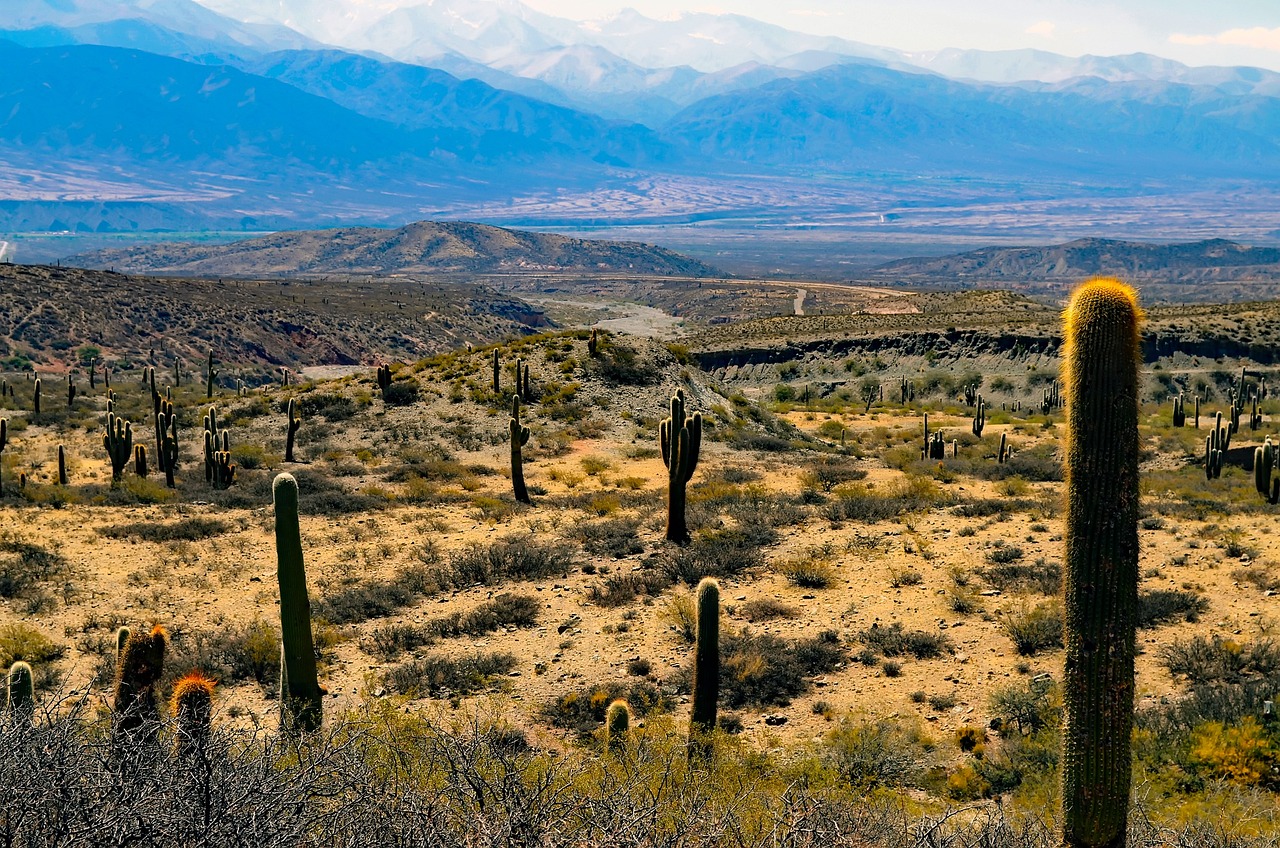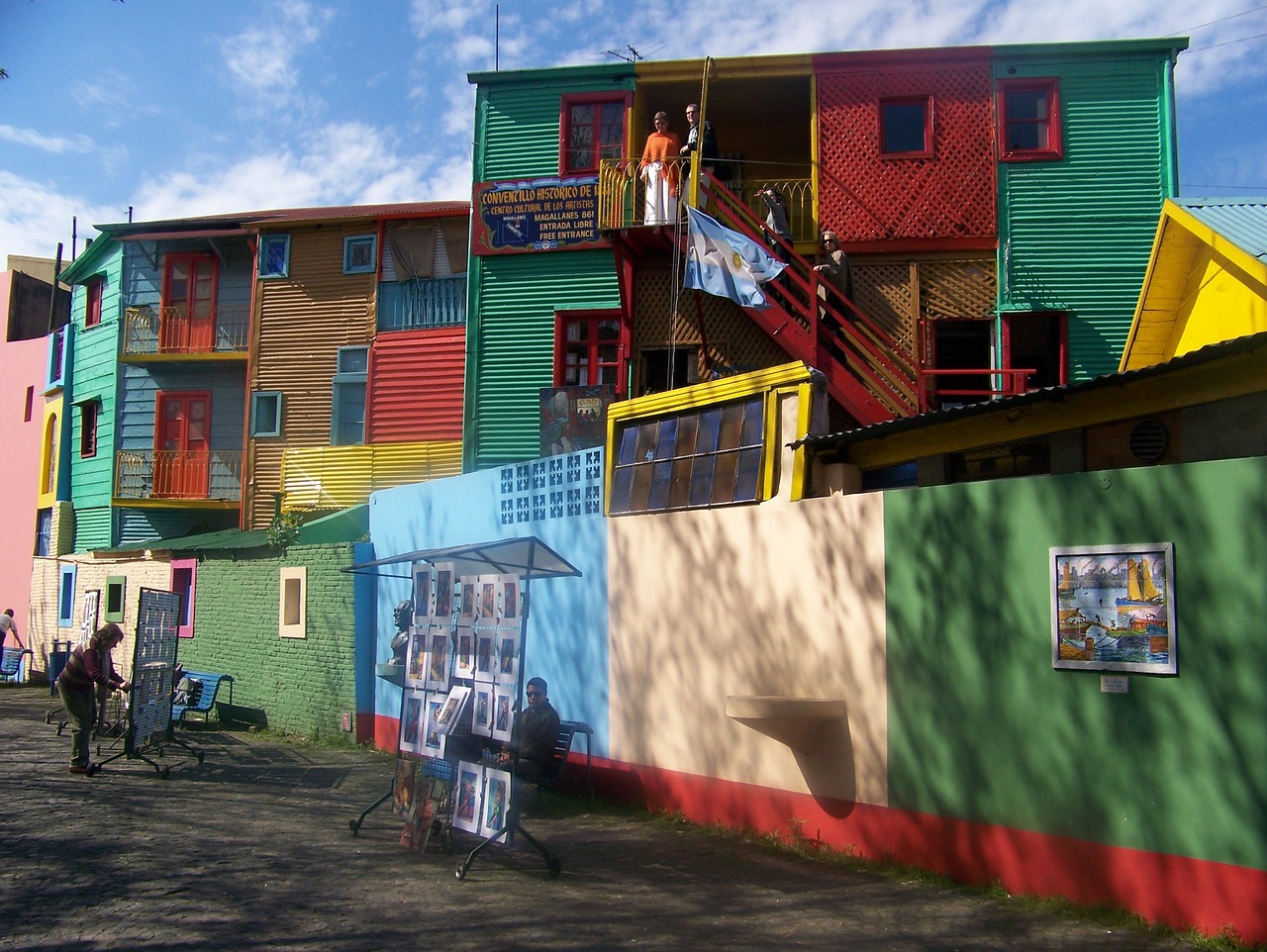Uncovering the Rich History of Buenos Aires: Exploring Argentina’s Capital City
Buenos Aires, the capital city of Argentina, is a vibrant and culturally rich destination with a fascinating history. From its colonial roots to its modern-day charm, Buenos Aires offers visitors a unique blend of architectural wonders, artistic traditions, and a lively atmosphere. In this article, we will delve into the rich history of Buenos Aires and explore the various aspects that contribute to its allure.
Colonial Origins: The Foundation of Buenos Aires
- Buenos Aires was founded in 1536 by Pedro de Mendoza, a Spanish conquistador.
- Despite early setbacks, including conflicts with indigenous populations, the city was officially established in 1580 by Juan de Garay.
- The name “Buenos Aires” translates to “Fair Winds” in English.
- During the colonial era, Buenos Aires served as an important port and commercial hub for Spain’s South American colonies.
The city’s colonial origins can still be seen in its historic architecture and layout, particularly in neighborhoods like San Telmo and La Boca.
The Tango: A Cultural Icon
- Buenos Aires is widely regarded as the birthplace of the tango, a passionate and seductive dance form.
- The tango emerged in the late 19th century, influenced by African, European, and indigenous music and dance styles.
- Today, Buenos Aires is home to numerous tango clubs, where locals and visitors can experience the dance firsthand.
- The annual Buenos Aires Tango Festival celebrates the city’s tango heritage with performances, workshops, and competitions.
The tango is not only a dance but also a symbol of Argentine identity and cultural expression.
Architectural Marvels: The European Influence
- Buenos Aires boasts a diverse architectural landscape, influenced by European styles such as neoclassical, art deco, and modernist.
- The city’s historic center, known as Microcentro, features grand buildings like the Teatro Colon and the Casa Rosada.
- Recoleta, a neighborhood renowned for its elegance, showcases stunning examples of French-inspired architecture.
- La Bombonera, the iconic stadium of Boca Juniors, is a testament to Buenos Aires’ love for football and its unique architectural design.
Exploring Buenos Aires is like taking a journey through time, as each neighborhood reveals a different architectural era.
Cultural Hotspots: Museums and Art Galleries
- Buenos Aires is home to a vibrant arts scene, with numerous museums and art galleries showcasing both local and international works.
- The Museo Nacional de Bellas Artes houses an impressive collection of European and Argentine art.
- The MALBA (Museum of Latin American Art of Buenos Aires) features contemporary art from across Latin America.
- The Museo Evita provides insight into the life and legacy of Eva Perón, an iconic figure in Argentine history.
Art enthusiasts will find a wealth of cultural treasures to explore in Buenos Aires.
The Plaza de Mayo: A Historic Gathering Place
- The Plaza de Mayo is the main square in Buenos Aires and has been the site of significant historical events.
- Surrounded by iconic landmarks, such as the Casa Rosada and the Metropolitan Cathedral, the plaza holds great symbolic importance.
- It has been a gathering place for political protests, including the Mothers of the Plaza de Mayo movement during the military dictatorship.
- The plaza also serves as a venue for celebrations and cultural events.
Visiting the Plaza de Mayo provides a glimpse into Argentina’s tumultuous history and its ongoing quest for democracy.
The Eclectic Neighborhoods of Buenos Aires
- Buenos Aires is divided into distinct neighborhoods, each with its own character and charm.
- Palermo, known for its trendy bars and restaurants, is a popular destination for nightlife and fashion.
- San Telmo, with its cobblestone streets and antique markets, exudes a bohemian atmosphere.
- La Boca, famous for its colorful houses and tango culture, is a vibrant neighborhood that attracts tourists from around the world.
Exploring the neighborhoods of Buenos Aires allows visitors to immerse themselves in the city’s diverse cultural fabric.
Cuisine: A Gastronomic Delight
- Argentine cuisine is renowned for its delicious meats, particularly beef.
- Parrillas, or traditional Argentine steakhouses, offer mouthwatering cuts of meat cooked to perfection.
- Empanadas, a type of stuffed pastry, are a popular street food snack.
- For dessert, dulce de leche, a caramel-like spread, is a sweet indulgence.
Food lovers will find a plethora of culinary delights to savor in Buenos Aires.
Green Spaces: Parks and Gardens
- Buenos Aires is home to numerous parks and gardens, providing residents and visitors with peaceful retreats.
- The Bosques de Palermo, a large park complex, offers lakes, rose gardens, and recreational areas.
- The Jardin Japones, a Japanese garden, provides a serene oasis in the heart of the city.
- The Reserva Ecologica Costanera Sur, located along the Rio de la Plata, offers a natural escape from the urban bustle.
Nature lovers can enjoy the tranquility of Buenos Aires’ green spaces amidst the bustling city.
Image 1: Argentina

The Obelisco: A Symbol of Buenos Aires
- The Obelisco is an iconic symbol of Buenos Aires, located in the heart of the city.
- Standing at a height of 67.5 meters, the Obelisco commemorates the city’s founding and independence.
- It serves as a meeting point for locals and tourists alike and is often a focal point for celebrations and demonstrations.
- The Obelisco offers panoramic views of Buenos Aires from its observation deck.
A visit to the Obelisco is a must for anyone exploring the city’s landmarks.
Image 2: Argentina

The Recoleta Cemetery: A Historical Necropolis
- The Recoleta Cemetery is one of Buenos Aires’ most famous landmarks and a fascinating historical site.
- Home to elaborate mausoleums and tombstones, the cemetery is the final resting place of many notable figures, including Eva Perón.
- Visitors can wander through the labyrinthine paths and admire the architectural beauty of the cemetery.
- The Recoleta Cemetery is also a cultural space, hosting art exhibitions and guided tours.
A visit to this unique cemetery offers a glimpse into Argentina’s rich history and cultural heritage.
The Teatro Colon: A World-Class Opera House
- The Teatro Colon is one of the world’s finest opera houses and a testament to Buenos Aires’ cultural legacy.
- Opened in 1908, the theater showcases a variety of performances, including opera, ballet, and classical music concerts.
- Its opulent interiors and exceptional acoustics make it a must-visit for performing arts enthusiasts.
- The Teatro Colon offers guided tours that provide insight into its history and architectural splendor.
Experiencing a performance or exploring the Teatro Colon is a glimpse into Buenos Aires’ artistic soul.
Image 3: Argentina

Conclusion
Buenos Aires, with its rich history and vibrant cultural scene, offers visitors a captivating experience. From its colonial origins to its architectural marvels, tango traditions, and diverse neighborhoods, the city is a treasure trove of exploration. Whether strolling through its parks, indulging in its culinary delights, or immersing oneself in its art and history, Buenos Aires is a destination that captivates the senses and leaves a lasting impression.
References
- Wikipedia: https://en.wikipedia.org/wiki/Buenos_Aires
- Lonely Planet: https://www.lonelyplanet.com/argentina/buenos-aires
- Time Out Buenos Aires: https://www.timeout.com/buenos-aires
- The Culture Trip: https://theculturetrip.com/south-america/argentina/buenos-aires/


